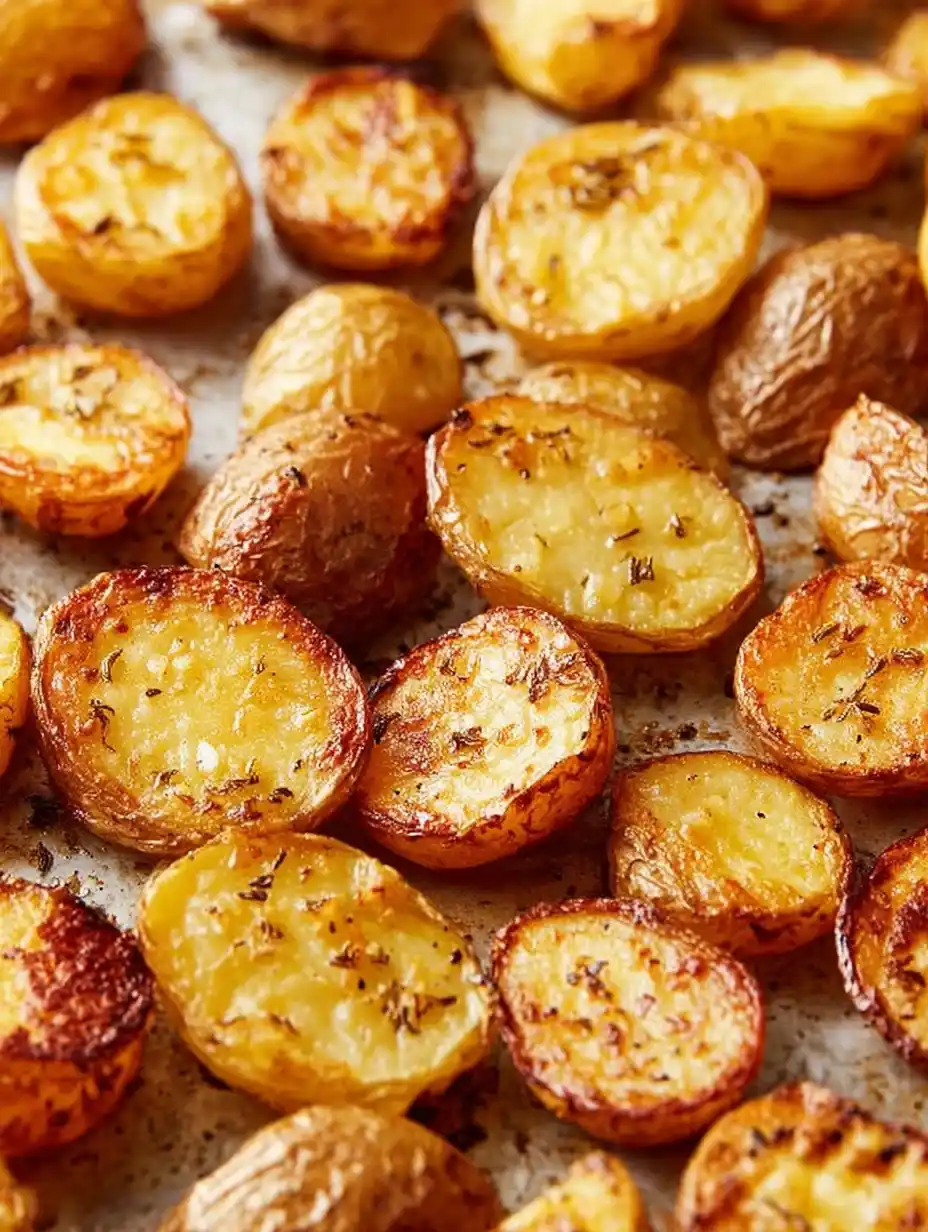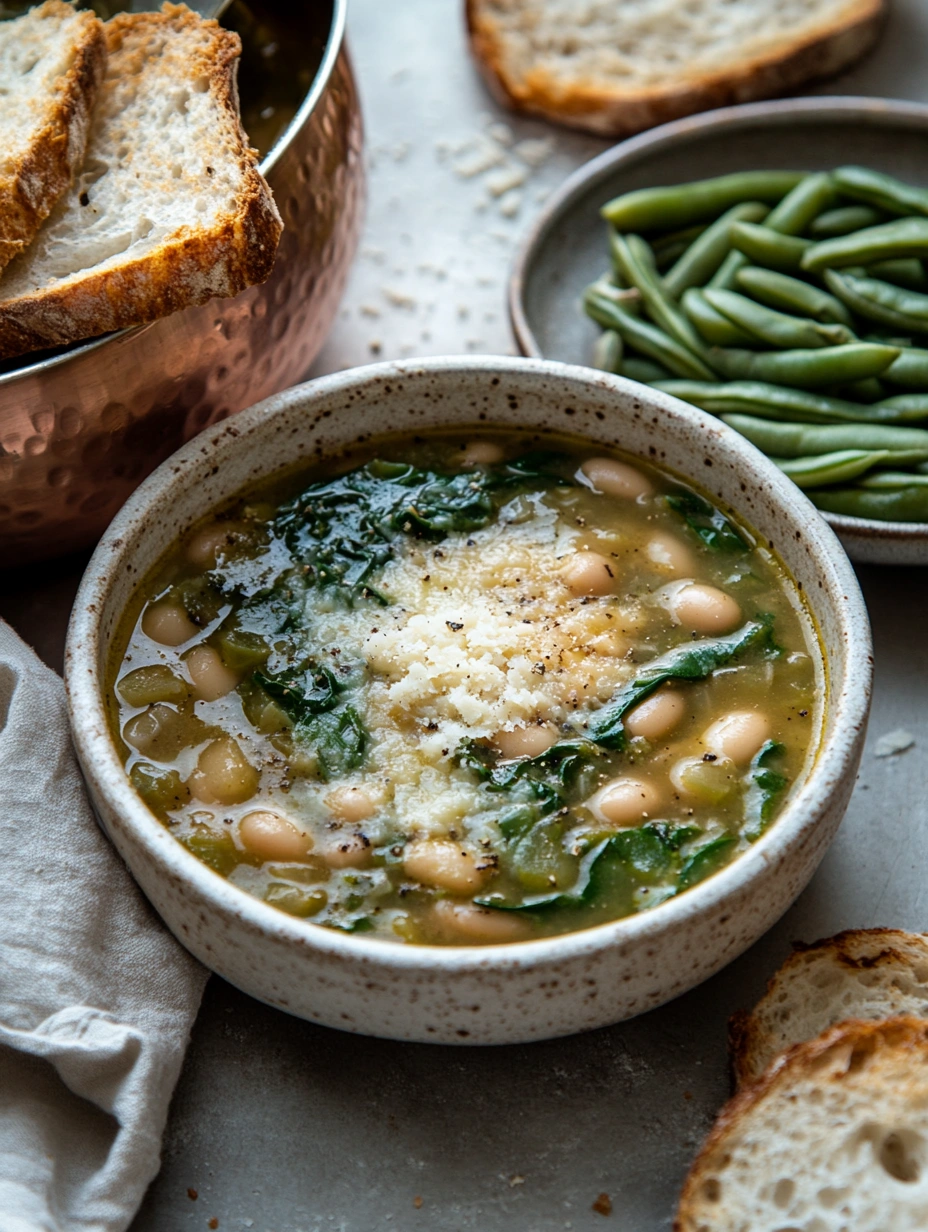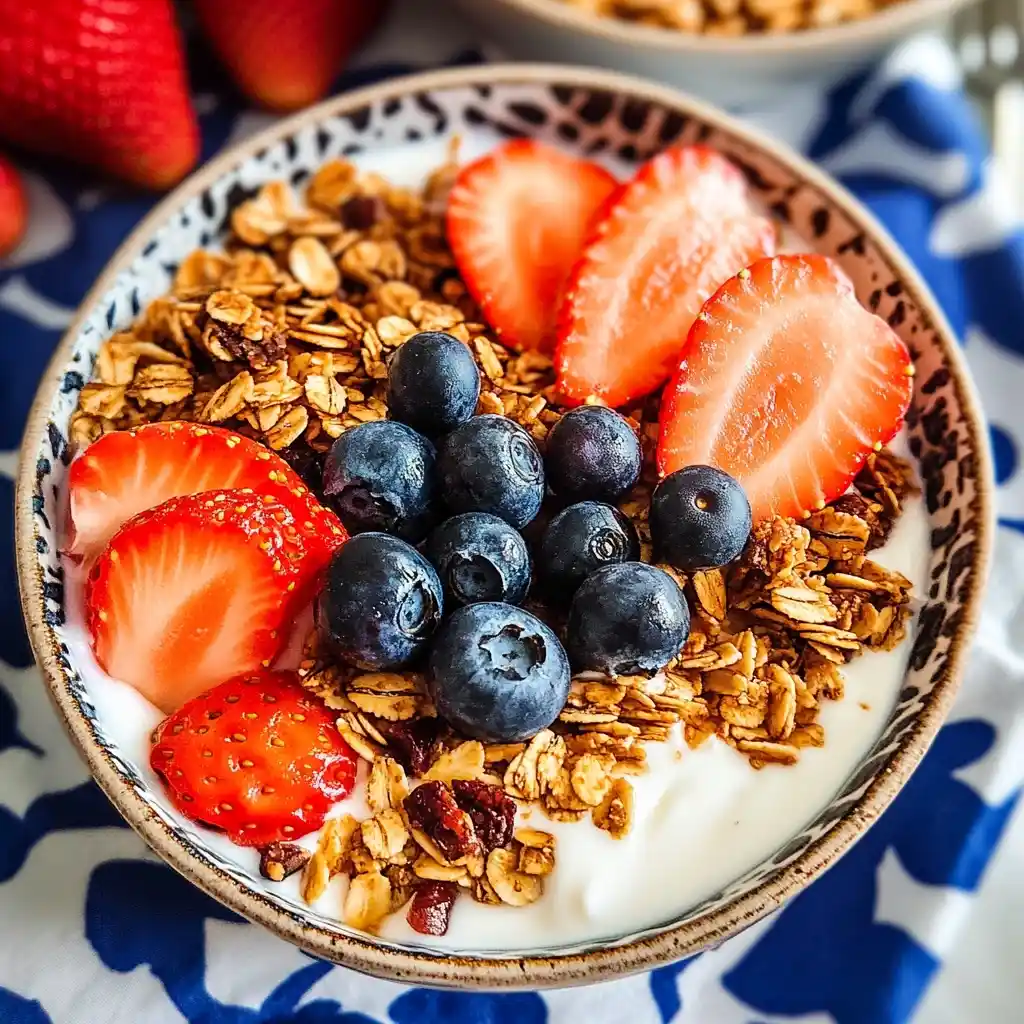Table of Contents
The Ultimate Guide to Perfect Roasted Potatoes
There is a specific sound that every home cook chases. It is that audible, shattering crunch that happens the moment your teeth break through the golden, glass-like exterior of a roasted potato. It is a sound that promises a textural masterpiece: a shell that rivals the best french fry, protecting an interior that is as fluffy, creamy, and light as a cloud. If you have spent years settling for potatoes that are merely “soft” or “browned,” get ready to have your culinary world turned upside down. Today, we are mastering the art of Perfect Roasted Potatoes.
Achieving perfection isn’t about luck; it is about science and technique. It is about understanding how starch gelatinizes, how surface area creates crunch, and how the right fat can transform a humble tuber into the most requested dish at your table. This isn’t just a recipe to get dinner on the table; this is the blueprint for the side dish that will steal the spotlight from the main course every single time. Whether it is a casual Tuesday night or the centerpiece of your Thanksgiving feast, these potatoes are non-negotiable.
We are going to walk through the “rough-up” method—a technique that maximizes the crispy surface area—and discuss exactly which fats create that legendary golden crust. Imagine the aroma of rosemary and garlic infusing your kitchen as the oven works its magic. By the time you pull the tray out, you won’t just have roasted vegetables; you will have bite-sized nuggets of gold that disappear from the serving bowl before you can even sit down.
Let’s get started on your journey to potato perfection.
Why You’ll Love This Recipe
- The Textural Contrast: This recipe delivers the “Holy Grail” of textures. We are talking about a crust so crispy it creates an audible snap, hiding a center that melts in your mouth like mashed potatoes.
- The Science-Backed Method: We use a simple par-boiling step combined with a “shake” technique that creates a slurry of mashed potato on the surface. This slurry roasts into the crispiest coating imaginable.
- Foolproof Results: Have you ever had potatoes that burned on the outside but were raw in the middle? We solve that. This method ensures the inside is fully cooked and fluffy before the crisping even begins.
- Infinitely Customizable: While we stick to classic rosemary and garlic here, this technique works with duck fat, bacon grease, Cajun spices, or simple sea salt. It is the blank canvas for your cravings.
- Make-Ahead Friendly: You can do the boiling and “roughing up” steps hours in advance, leaving just the roasting for right before dinner. It is a stress-saver for holiday hosting.
- Economical Luxury: Potatoes are one of the cheapest ingredients in the grocery store. With the right technique, you can make a dish that tastes expensive and gourmet for pennies per serving.
Ingredients
To make Perfect Roasted Potatoes, you need the right building blocks. Here is what to grab from the pantry.
| Ingredient | Quantity | Notes |
|---|---|---|
| Potatoes | 4 lbs (2 kg) | Russet or Yukon Gold. Russets give the crispest crust; Yukons offer a creamier center. A mix is often nice! |
| Fat | 1/2 cup | Duck Fat, Beef Tallow, or Extra Virgin Olive Oil. Animal fats yield the best crunch and flavor, but oil works for vegan options. |
| Salt (for water) | 1 tbsp | Essential for seasoning the potato from the inside out during the boil. |
| Baking Soda | 1/2 tsp | The Secret Ingredient. This breaks down the pectin on the potato surface, creating more texture for crunch. |
| Fresh Rosemary | 3 sprigs | Finely chopped. Woody herbs stand up well to the high heat of roasting. |
| Garlic | 4 cloves | Minced or crushed. Feel free to roast whole cloves alongside the potatoes for a mellower flavor. |
| Black Pepper | 1 tsp | Freshly cracked black pepper brings a necessary heat to cut the richness. |
| Flaky Sea Salt | To taste | Maldon or similar flaky salt for finishing adds a final pop of texture and salinity. |
| Parsley | 2 tbsp | Freshly chopped for a bright, herbal garnish that lifts the visual appeal. |

Step-by-Step Instructions
1. Prep and Preheat
Arrange a rack in the center of your oven and preheat it to 450°F (230°C). We need intense, aggressive heat to crisp the potatoes quickly. While the oven heats, peel your potatoes.
Chef’s Note: While I love rustic skin-on potatoes, for Perfect Roasted Potatoes, peeling is best. It allows the entire surface area of the starch to rough up and crisp. Cut the potatoes into large chunks—roughly 2 inches. Too small, and they dry out; too big, and they won’t crisp fully.
2. The Alkaline Water Boil
Place your potato chunks in a large pot and cover with cold water by at least an inch. Add the tablespoon of kosher salt and the baking soda. Bring the mixture to a boil over high heat. Once boiling, reduce to a simmer and cook for about 10 minutes.
Why Baking Soda? The alkaline water breaks down the potato’s exterior more efficiently than plain water. This creates a fuzzy, starchy layer on the outside of the potato that will eventually turn into that glass-like crust we are after.
3. The Knife Test
After 10 minutes, test a potato with a paring knife. It should meet a little resistance but go through easily. You don’t want them falling apart, but they should be tender. Drain the potatoes carefully in a colander.
4. The “Rough-Up”
Leave the potatoes in the colander or return them to the dry hot pot for a minute to let the excess steam evaporate.Moisture is the enemy of crispiness. Now, toss the potatoes vigorously in the pot or colander. You want to bang them up a bit!
Visual Cue: Look for a layer of “mashed potato paste” building up on the outside of the chunks. The rougher and fuzzier they look, the crispier they will be.
5. Infuse the Fat
While the potatoes are drying, pour your oil (or melted duck fat/tallow) into a small saucepan over medium heat. Add the chopped rosemary and minced garlic. Cook gently for 2-3 minutes until the garlic is golden and the herbs are fragrant. Strain the oil through a fine-mesh sieve into a large bowl, reserving the crispy garlic and herbs for later.
Why Strain? If you roast minced garlic at 450°F for 40 minutes, it will burn and turn bitter. By infusing the oil, we get the flavor without the burnt bits. We add the crispy bits back at the end!
6. Coat and Roast
Toss the roughed-up potatoes in the large bowl with the infused oil, salt, and pepper. Toss until a thick layer of starchy, oily paste coats every piece. Transfer to a large baking sheet. Spread them out—give them personal space!
Roast for 20 minutes. Do not touch them. Let the bottom set and crisp.
7. The Flip and Finish
After 20 minutes, remove the pan. Use a thin metal spatula to carefully flip the potatoes. They should be deep golden brown on the bottom. Return to the oven and roast for another 20-30 minutes, flipping or shaking the pan occasionally, until they are deep brown and crispy all over.
8. The Final Toss
Transfer the hot potatoes to a serving bowl. Add the reserved crispy garlic and rosemary bits (from step 5) and the fresh parsley. Toss well to combine. Finish with a sprinkle of flaky sea salt and serve immediately while they are piping hot.
Tips for Success
Achieving perfection requires attention to detail. Here are the expert moves that separate good potatoes from legendary ones.
- Use Animal Fat if Possible: While olive oil is delicious, fats with higher saturation points like duck fat, beef tallow, or even bacon grease yield a significantly crunchier crust. They solidify as they cool, which adds to the structure of the crunch.
- Steam Dry is Crucial: After draining the water, let the potatoes sit in the hot colander for at least 5 minutes. You want the surface to look dry and chalky, not wet and shiny. That chalky surface is what crisps up.
- Don’t Crowd the Pan: If the potatoes are touching, they will trap moisture and steam each other. Use two baking sheets if you are making a large batch. Airflow is the key to roasting.
- Preheat the Pan: For an extra jump-start on crispiness, place your baking sheet with the oil in the oven while it preheats. Carefully adding the potatoes to the hot oil will start the frying process instantly (be careful of splashing!).
- Be Aggressive with the Roughing: Do not be afraid to really shake that pot in step 4. If a potato breaks in half, that’s fine—it just means more crispy edges. You want them to look messy and fuzzy.
- Size Matters: Cut your potatoes into large pieces. Small dice will dehydrate and turn into croutons. You want a substantial chunk (about 2-3 inches) so the inside stays moist while the outside cooks for the full 40-50 minutes.
- Salt at the End: You seasoned the water and the oil, but potatoes drink salt. A final dusting of large-flake sea salt (like Maldon) adds a crunch and a burst of salinity that elevates the flavor profile.
Variations & Substitutions
Once you master the base technique, you can take the flavor profile in any direction.
- Truffle Parmesan: As soon as the potatoes come out of the oven, drizzle with high-quality white truffle oil and shower them with freshly grated Parmesan cheese.
- Smoky Paprika & Chorizo: Add 1 tsp of smoked paprika to the oil infusion. Toss in chunks of cured chorizo sausage during the last 15 minutes of roasting for a Spanish twist.
- Lemon & Herb: Skip the rosemary and use fresh thyme. Squeeze fresh lemon juice over the hot potatoes right before serving to cut the richness.
- Spicy Cajun: Season the potatoes with a Cajun spice blend (paprika, cayenne, onion powder, thyme) instead of just salt and pepper. Serve with a remoulade dipping sauce.
- Vegan “Duck Fat” Style: If you want the richness without the animal product, use a high-quality vegan butter mixed with olive oil. The solids in the vegan butter help create a thicker crust.
What to Serve With It
Perfect Roasted Potatoes are the ultimate chameleon, fitting in at high-end dinner parties and casual family meals alike.
- Sunday Roast Beef: The classic British pairing. Serve these alongside a medium-rare roast beef, Yorkshire puddings, and rich gravy.
- Roast Chicken: A simple lemon-herb roast chicken is the perfect companion. Use the potatoes to mop up the pan juices.
- Pan-Seared Steak: Skip the fries and serve these with a ribeye or filet mignon. The crunch rivals any steakhouse side dish.
- Holiday Turkey: These are a must-have for Thanksgiving or Christmas. They provide a texture contrast to the softer sides like stuffing and mashed potatoes.
- Breakfast Hash: If (and that is a big if) you have leftovers, chop them up and fry them with onions and peppers, then top with a fried egg for a luxury breakfast.
Storage & Reheating
Here is the hard truth: Roasted potatoes are at their peak within 20 minutes of coming out of the oven. However, you can revive them.
- In the Fridge: Store leftovers in an airtight container for up to 4 days. They will lose their crispiness and turn soft in the fridge.
- In the Freezer: You can freeze roasted potatoes for up to 3 months. Freeze them in a single layer on a baking sheet first, then transfer to a bag.
- Reheating (The Most Important Part): Do not microwave them. The microwave will turn them into chewy, soggy rubber. To reheat, place them on a wire rack set over a baking sheet and bake at 400°F (200°C) for 10-15 minutes. An air fryer is even better—5 minutes at 400°F will bring back 90% of the original crunch.
Nutrition Facts
Here is the nutritional breakdown per serving (based on 6 servings).
| Nutrient | Amount |
|---|---|
| Calories | 280 kcal |
| Total Fat | 14g |
| Saturated Fat | 2g |
| Cholesterol | 0mg |
| Sodium | 450mg |
| Total Carbohydrates | 36g |
| Dietary Fiber | 4g |
| Sugars | 2g |
| Protein | 5g |
Dietary Note: Naturally Gluten-Free, Dairy-Free (if using oil/duck fat), and Whole30 compliant.

Common Mistakes to Avoid
Even with a perfect recipe, these pitfalls can ruin your roasties.
- Skipping the Par-Boil: If you throw raw potatoes into the oven, the outside will burn before the inside is tender. The par-boil is essential for the texture gradient.
- Low Oven Temp: Roasting at 350°F or 375°F will result in greasy, soft potatoes. You need 450°F or higher to shatter the starch and create the crust.
- Burning the Garlic: As mentioned, don’t leave minced garlic on the potatoes for the full roast time. It burns and becomes acrid. Infuse the oil or add garlic powder later.
- Wet Potatoes: If you don’t let them steam dry after boiling, the oil will slide right off. Patience during the drying step pays off in crunch.
- Using Waxy Potatoes: Red potatoes or fingerlings are delicious, but they don’t have the starch content to create the thick, crunchy crust that Russets or Yukons do. Save the waxy ones for potato salad.
FAQ
Why do you use baking soda in the water?
Baking soda raises the pH of the water, making it alkaline. This breaks down the pectin on the exterior of the potato much faster than neutral water. This “breakdown” creates the slurry of starch that hardens into a super-crispy crust.
Can I prep these ahead of time?
Yes! You can boil, drain, and rough up the potatoes in the morning. Let them cool and store them in the fridge. When you are ready to eat, toss them in the hot fat and roast. They actually crisp up better if they have been cooled in the fridge first!
What is the best fat for roasted potatoes?
For flavor and crunch, Duck Fat or Beef Tallow is the gold standard. They have a high smoke point and add a savory depth. For a vegetarian option, a good Extra Virgin Olive Oil or Avocado Oil works well.
Do I really need to peel them?
For this specific “Perfect Roasted Potato” style, yes. The skin acts as a barrier that prevents the flesh from roughing up. Without the skin, you maximize the surface area of the starch, which equals more crunch.
Why are my potatoes sticking to the pan?
This happens if the pan wasn’t hot enough or if you didn’t use enough fat. Also, try not to flip them too early—potatoes naturally release from the pan once a crust has formed. If they are sticking, give them another 5 minutes.
Can I use a glass baking dish?
Avoid glass or ceramic if possible. Metal baking sheets conduct heat much faster and more evenly, which is crucial for browning. Glass tends to “steam” vegetables rather than roast them.
How do I keep them crispy while waiting for dinner?
Leave them on the baking sheet or a wire rack in a turned-off oven with the door slightly ajar. Do not cover them with foil or a lid, as the trapped steam will make them soggy instantly.
Conclusion
And there you have it—the blueprint for Perfect Roasted Potatoes. Once you try this method, with the audible crunch of the crust and the meltingly soft interior, you will realize that not all roasted vegetables are created equal. This is a recipe that rewards a little bit of extra care with a massive payoff in flavor and texture.
So, preheat that oven, grab your baking soda, and get ready to be the hero of the dinner table. Just be warned: make a double batch. These have a habit of disappearing before they even make it to the plate.
If you loved mastering this classic side dish, you have to try my Slow Cooker Roast Beef – Tender, Juicy, and Easy or my Crispy Smashed Potatoes with Herb Oil for more starchy goodness!

Perfect Roasted Potatoes
Imagine the tantalizing aroma of golden-brown potatoes, crispy on the outside and fluffy on the inside, seasoned to perfection with herbs and garlic. Roasted potatoes are a versatile and beloved side dish that can elevate any meal. Whether you’re hosting a dinner party or simply craving a comforting dish, roasted potatoes are a classic choice that never fails to impress.







